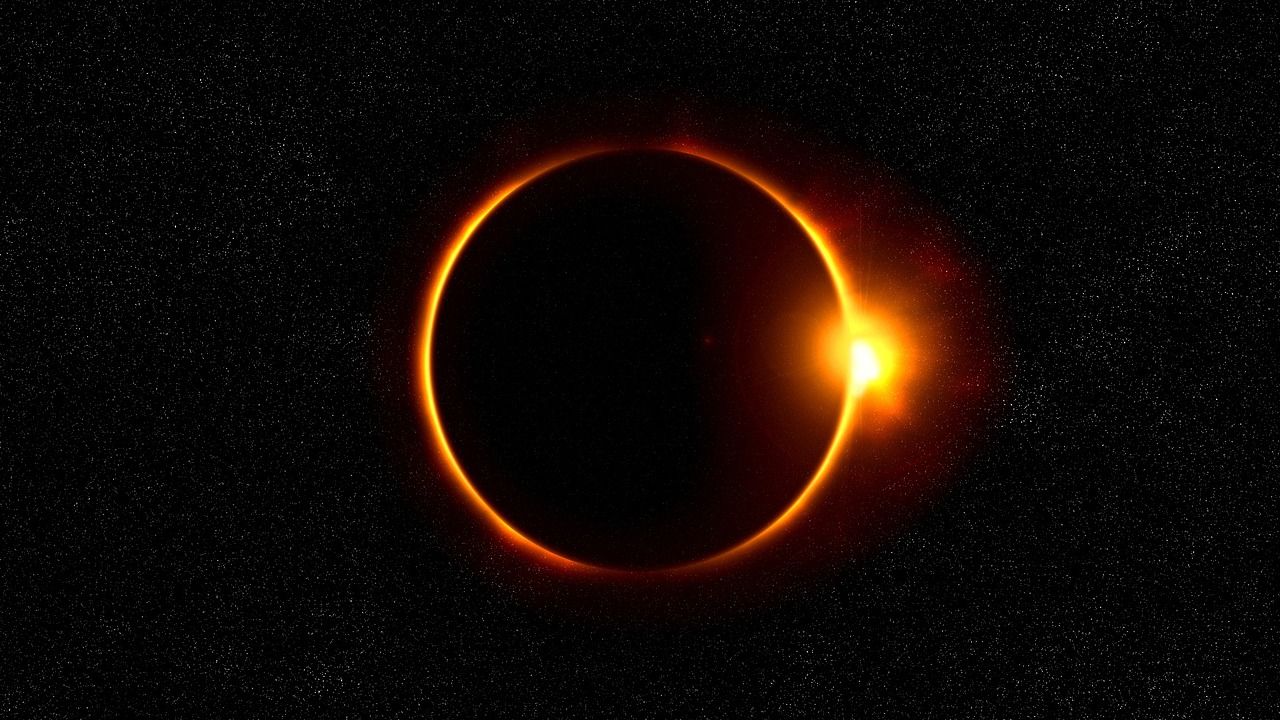
Citizen Science Opportunity During the Solar Eclipse
Information obtained from inaturalist.org, written by yourwildohioeducator, https://www.inaturalist.org/projects/ohio-wildlife-observations-solar-eclipse-2024?tab=about.
How does Ohio wildlife respond to the once-in-a-lifetime event of a total solar eclipse?
There is some evidence that wildlife life reacts to the environmental changes that occur during a total solar eclipse. As the sky darkens and the temperature drops, birds reportedly stop singing, spiders may tear down their webs, and gray squirrels retreat to their dens, among other observed behaviors. Much of these reports, however, are anecdotal or documented with captive animals.
On April 8, 2024, a total solar eclipse will cross a large portion of Ohio. The Ohio Division of Wildlife invites citizen scientists like you to take advantage of this once-in-a-lifetime opportunity to record eclipse-related animal behavior with the iNaturalist app.
Before the eclipse:
- Download the iNaturalist app on the App Store or Google Play and make an account.
- Practice making observations. Check out the Getting Started Guide for helpful tips.
- Join the “Ohio Wildlife Observation: Solar Eclipse 2024” project on iNaturalist.
- Decide where you will be viewing the eclipse and know when the eclipse will be at maximum at your location. Use this map to help determine that time. https://www.greatamericaneclipse.com/ohio-2024-eclipse
or download the Solar Eclipse Timer App on your phone for precise timing
Day of the eclipse (April 8):
- Once you arrive at your site, scout your area for animals and plants. Choose the individual organism(s) you want to observe.
- During the eclipse, make 3 separate observations for each individual organism using the iNaturalist app, adding each of them to the “Ohio Wildlife Observations: Solar Eclipse 2024” project:
1st: 30 minutes before totality (or maximum coverage) make an observation in iNaturalist. Add anything interesting you notice about their behavior in the “Notes” section.
2nd: During the 5 minutes of totality (or maximum coverage) make a second observation in iNaturalist. Add anything interesting you notice about their behavior in the “Notes” section.
3rd: 30 minutes after totality (or maximum coverage) make a third and final observation in iNaturalist. Add anything interesting you notice about their behavior in the “Notes” section.
You are welcome to make other observations of your organism(s) beyond these three – just be sure to choose the time frame in which you made these other observations in “Before, During, or After Totality” field.
Want to take your research a step further? Visit NASA’s site to obtain a free Soundscapes kit to record data to be sent back to the organization for analysis. https://eclipsesoundscapes.org/data-collector-page/
Are you involved in behavioral ecology? Interested in how certain life forms react to eclipses? Could widespread records of behavior changes inform your research? We are looking for both scientific and engagement partners.
For questions or more information, please contact: outdoor.education@dnr.ohio.gov

